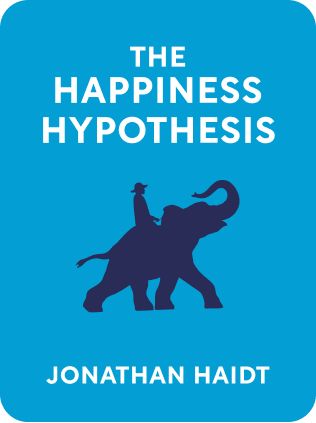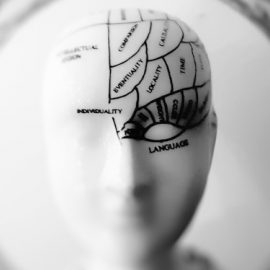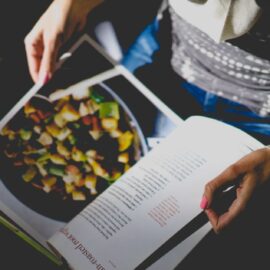

This article is an excerpt from the Shortform book guide to "The Happiness Hypothesis" by Jonathan Haidt. Shortform has the world's best summaries and analyses of books you should be reading.
Like this article? Sign up for a free trial here .
What are the three main factors that affect our happiness? What part of the happiness formula are in our control?
The happiness formula states that our happiness is a function of our affective style (S), the conditions of our lives (C), and our voluntary activities (V)—or H=S+C+V. Some factors in the happiness formula are out of our control, but some are completely in our control to improve upon.
Continue reading to learn more about the happiness formula.
The Happiness Formula
It’s more useful to think of an individual’s happiness as operating along a range or spectrum instead of as a fixed amount. It’s certainly influenced by genes, but one’s precise level of happiness is not predetermined.
According to experts within the field of positive psychology, there is a general happiness formula. The formula states that our happiness (H) is a function of:
- Our biologically set happiness range or affective style (which we can label “S”)
- The conditions (C) in our lives, including those that we can’t control like age or race, but also those we can control like wealth and marriage status
- The set of voluntary activities (V) we engage in like exercise, meditation, and learning
Expressed as a formula, it reads: H=S+C+V.
In a previous article, we thoroughly discussed affective style, so this article will focus on the C and V aspects of the happiness formula.
Conditions
Although some conditions of life are beyond the ability of an individual to alter, there are changes you can make to your life circumstances to bring lasting happiness.
Simple things like reducing exposure to unwanted noise, cutting down on commuting time, and improving your perceived body deficiencies (like being overweight or being too skinny) have been shown to make people happier in the long term.
Having more autonomy over the conditions of your life is also important. In one study done at a nursing home, patients who were given responsibility for watering the plants in their rooms and who got to decide which movie they would watch on movie night got higher scores on all measures of happiness and had better health outcomes than did the control group that had been given no such autonomy.
Strong relationships, however, are the most important. Bad relationships (whether with spouses, coworkers, or others) have extraordinary power to make life unbearable. They feel inescapable and color all aspects of life, even when you’re not around the person with whom you have a bad relationship. Meaningful and joyful connections to other people are central to happiness.
Knowing that we can affect our overall happiness by improving the conditions of our lives should cause us to rethink the idea that the elimination of desire will lead to happiness. Striving for autonomy and for better relationships with the people around you will increase your happiness in the long run. As we said at the start of the chapter, don’t stop striving; start striving for the right things.
Voluntary Activities
The last factor in the happiness formula is voluntary activity. Voluntary activities (V) represent the only variable in the happiness formula that lies completely within our control; thus, focusing on our voluntary activities is the most effective way for us to increase our level of happiness.
Positive psychology co-founder Mihalyi Csikszentmihalyi finds that people are happiest when doing a task that is difficult, but closely aligned to their strengths. For a bodybuilder, this might be lifting a heavy weight; for a violinist, it might be practicing a particularly complex piece of music. Csikszentmihalyi called this state “flow,” or what we might call “being in the zone.”
It follows from what we know about the progress principle, which we explored earlier in the chapter. We derive more pleasure from the baby steps we take along the way to accomplishing our goals than we do from the actual achievement of a goal. The key to flow is that you are receiving constant positive feedback; the progress toward the goal sustains you. In flow, the elephant and rider are perfectly synchronized, with the elephant chasing what it wants and the rider guiding it along and spurring it to action.
It’s important to draw the distinction between short-term pleasures like food and sex that quickly dissipate (because our evolutionary reinforcement mechanisms are designed to make the dopamine rushes these activities bring temporary) and gratifications that challenge you and draw on your strengths.
The pleasure of eating your favorite meal will dissipate the second you take your last bite;
gratifications like doing acts of kindness for others will make you feel satisfied for a long time afterward.

———End of Preview———
Like what you just read? Read the rest of the world's best book summary and analysis of Jonathan Haidt's "The Happiness Hypothesis" at Shortform .
Here's what you'll find in our full The Happiness Hypothesis summary :
- How your emotions determine how satisfied you are in life
- Why you need to struggle in order to succeed
- How to create your own happiness






